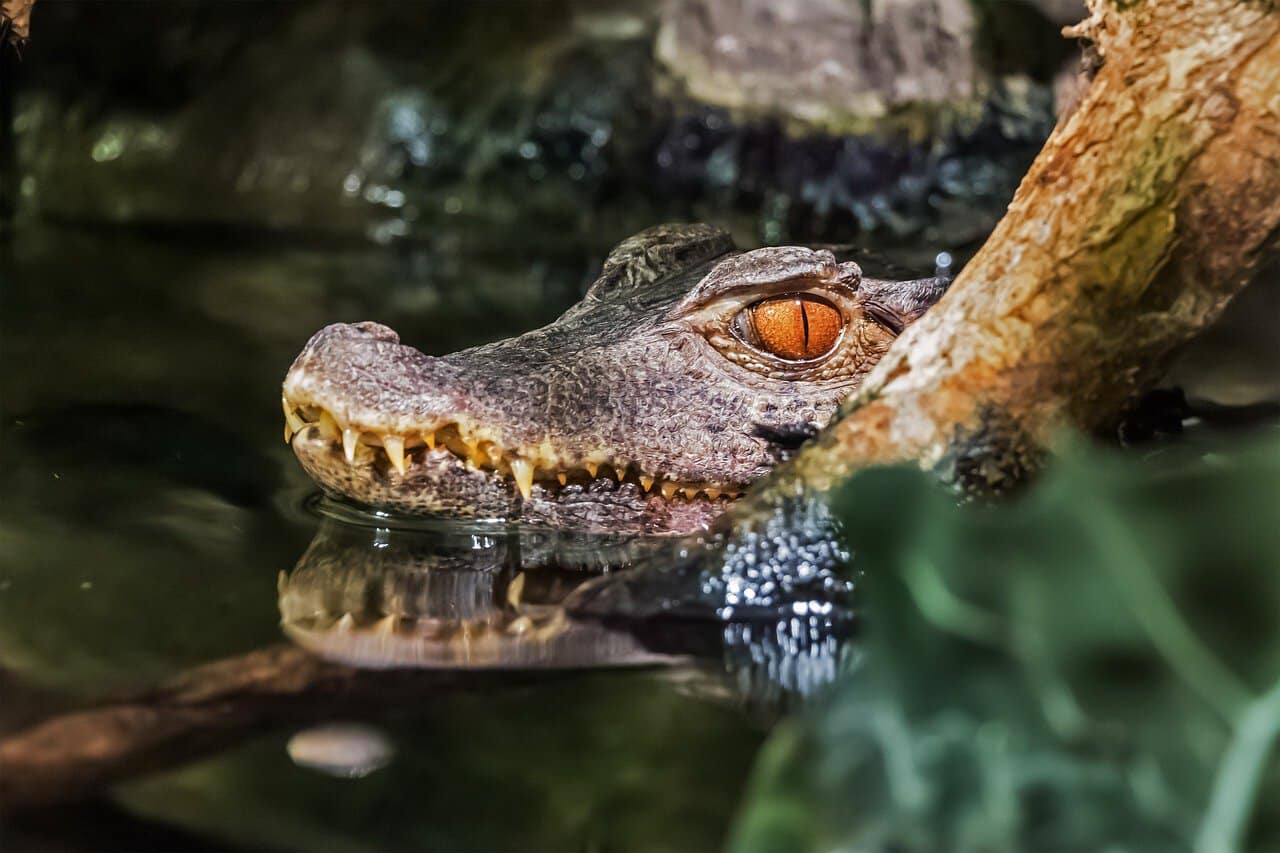My Tico brother-in-law recently shared an informational post on Facebook that highlighted the benefits of consuming crocodile meat. It contains Vitamin B12, a nutrient that helps keep your body’s blood and nerve cells healthy. It also contains Omega 3, 6, and 9 fatty acids, which help to reduce cholesterol levels, and it is high in protein, low in calories, and low in saturated fats. Not to mention the snazzy boots, belts, and jackets that can be made from the skin.
There was little mystery behind his decision to post it. One of the big current stories in Costa Rica is the perception that there are more crocodiles than ever. Some are questioning their protected status and suggesting it is time to cull their numbers. Photos have appeared of groups of crocs lurking in shallow waters and on riverbanks. Everyone is familiar with the Tarcoles River bridge, where tourists photograph the dozens of crocs hanging in the waters below, but many of the photos circulating were taken near popular beaches.
Crocodile Population and Environmental Factors
Costa Rica is home to both crocodiles and caimans, which are different species and tend not to mingle. They can live at least 50 years and spend most of their time in estuaries, lagoons, canals, and rivers. October is the peak of their mating season. Twice in my life, I have been whistled out of the ocean by lifeguards in Manuel Antonio due to a croc sighting in the ocean.
On both occasions, it was in the month of October. A croc swimming in the saltwater ocean is not a normal sight here, but during mating season, the stronger males stake out territory, leaving the weaker males to move in search of friendlier spots. This explains the sightings in areas uncommon to crocs.
But are there more than before? I asked Kenner Chaves, an experienced tour guide in the Sierpe River region of the Osa Peninsula, if this was the case. He explained that while there is not an overpopulation of crocs, there is more of a concentration of males, which results in territorial disputes and the migration of the weaker males.
He also mentioned warming ocean temperatures as a factor. In crocodiles, the temperature of egg incubation is the environmental factor determining sex. If the temperature is cool, around 30°C, the hatchlings are all female. Warmer temperatures, around 34°C, will hatch all males. As ocean temperatures continue to climb, the result will be more males being born, and more displacement over territory.
Another factor is their protected status. Crocs were previously hunted to the point that their numbers reached a vulnerable level. As their numbers recover, sightings become more common. Add to this that we are in the peak of the mating season, and it may seem we are being overrun with these carnivorous creatures that date back millions of years and have changed little over the eons. According to Kenner, once our hot summer months arrive, the sightings decrease, as the males seek out cooler areas up rivers and estuaries, away from the beaches – this is a normal cycle that he has witnessed for years.
Meanwhile, a little common sense is in order – don’t swim in rivers or estuaries, and don’t let your dogs go near these areas either, as crocs are very fond of dog meat. Summer will soon be here, and the sightings (and recipes for croc meat) will be forgotten until the next mating season.






